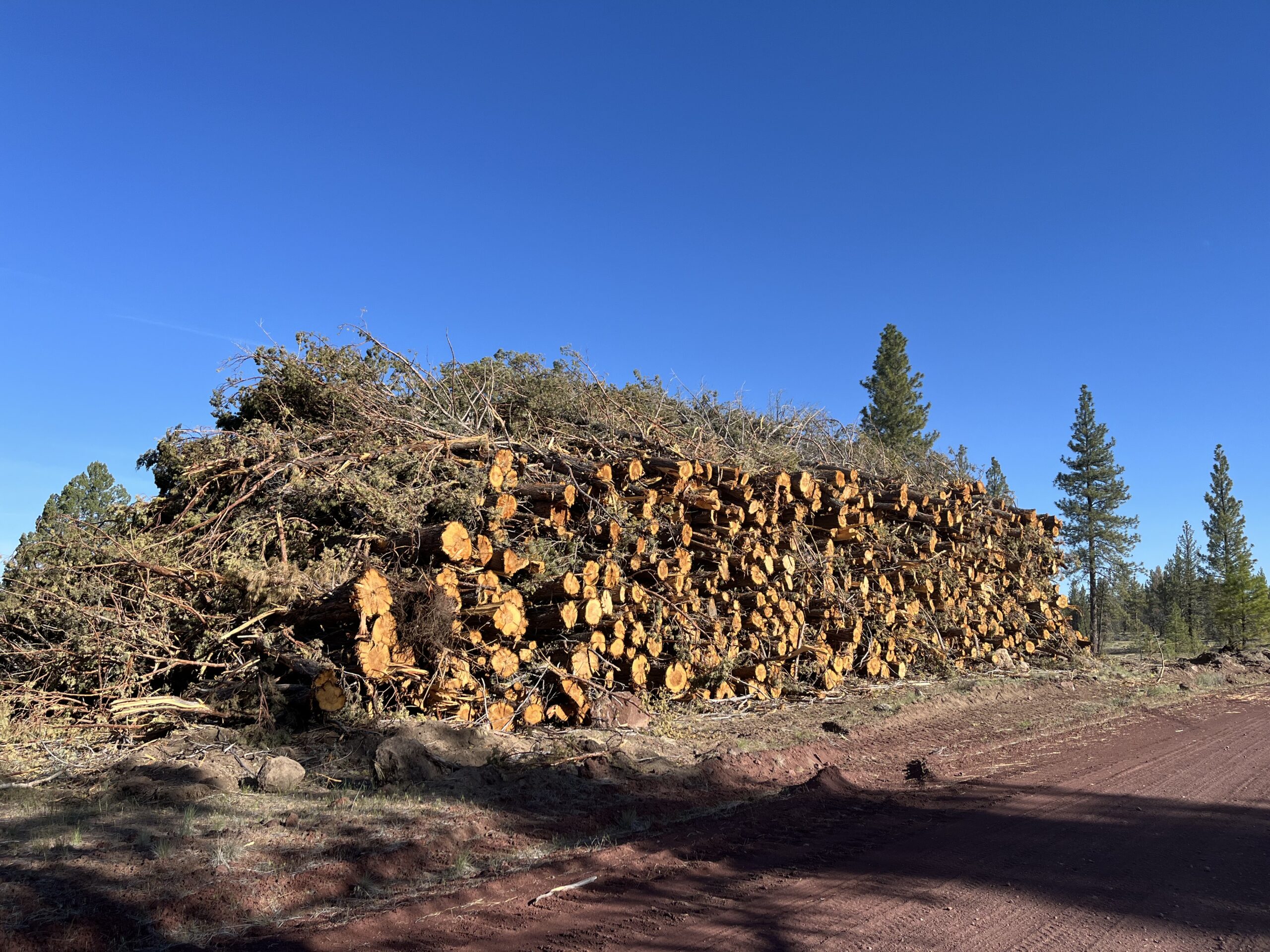
Invest in Forests to Prevent Catastrophic Wildfire
The voluntary carbon market has been an underutilized tool for addressing increased wildfire risk. Climate change and past fire management policies have allowed fuels to accumulate to hazardous levels creating more severe fire conditions. Urgent management is needed to restore resilience to fire prone forest systems. Forest landowners and carbon developers are incentivized to limit wildfire risk to protect their investment, but risk reduction usually comes at a cost in terms of carbon storage and timber volumes. With further investment and more accurate fire risk modeling, the voluntary carbon market could be deployed to better support activities that mitigate wildfire risk.
Although severe wildfire has become more common in recent years, forest managers have a long history of managing forests for fire. The US Forest Service has worked to prevent wildfire since its founding in 1905, initially relying on a rigid policy of fire suppression. As fire science progressed, the focus shifted from outright fire prevention to mitigation measures that manage fuel loads to restore natural fire regimes to the landscape. Restoration efforts are being implemented on many public and private lands but despite the proven efficacy of these treatments, comprehensive fuel reduction is not currently an option for many smaller landowners.
Fuel reduction treatments are our best tool for mitigating fire hazard in the face of rising temperatures, but they can be extremely difficult for many landowners to implement. Treatments such as pre-commercial thinning and the mastication or controlled burning of woody fuels and slash reduce the severity of wildfire but generate little to no revenue to cover the treatment cost. Where thinning is needed most urgently, it can cost as much as $800/acre. Controlled burning is not only costly but can also require permitting and coordination with local fire authorities. Even on public lands with larger budgets for fire management, fuel reduction at an effective scale can be a difficult, drawn-out process. For many small non-industrial landowners, there is often no way to implement these activities without financial assistance.
The market for natural climate solutions was developed specifically to support carbon-oriented management that wouldn’t be feasible any other way. As methodologies are updated to incorporate dynamic baselines and better estimates of local wildfire risk, fuel management could have even more direct, positive impacts on carbon projects. Because fuel management often requires a temporary reduction in biomass, static baselines can incentivize developers to avoid thinning treatments or force them to absorb the initial carbon cost of fuel reduction. A recent study explored the ways in which carbon projects can account for fire smart management activities by including baseline wildfire emissions. Their model found that thinning and fuel reduction treatments (with biomass utilization) increased the overall carbon storage relative to unthinned stands while reducing the risk that carbon is released through wildfire. While wildfire risk remains a major concern for carbon projects, these concerns must spur additional innovation to support fire resilient forest practices.
Further Reading: